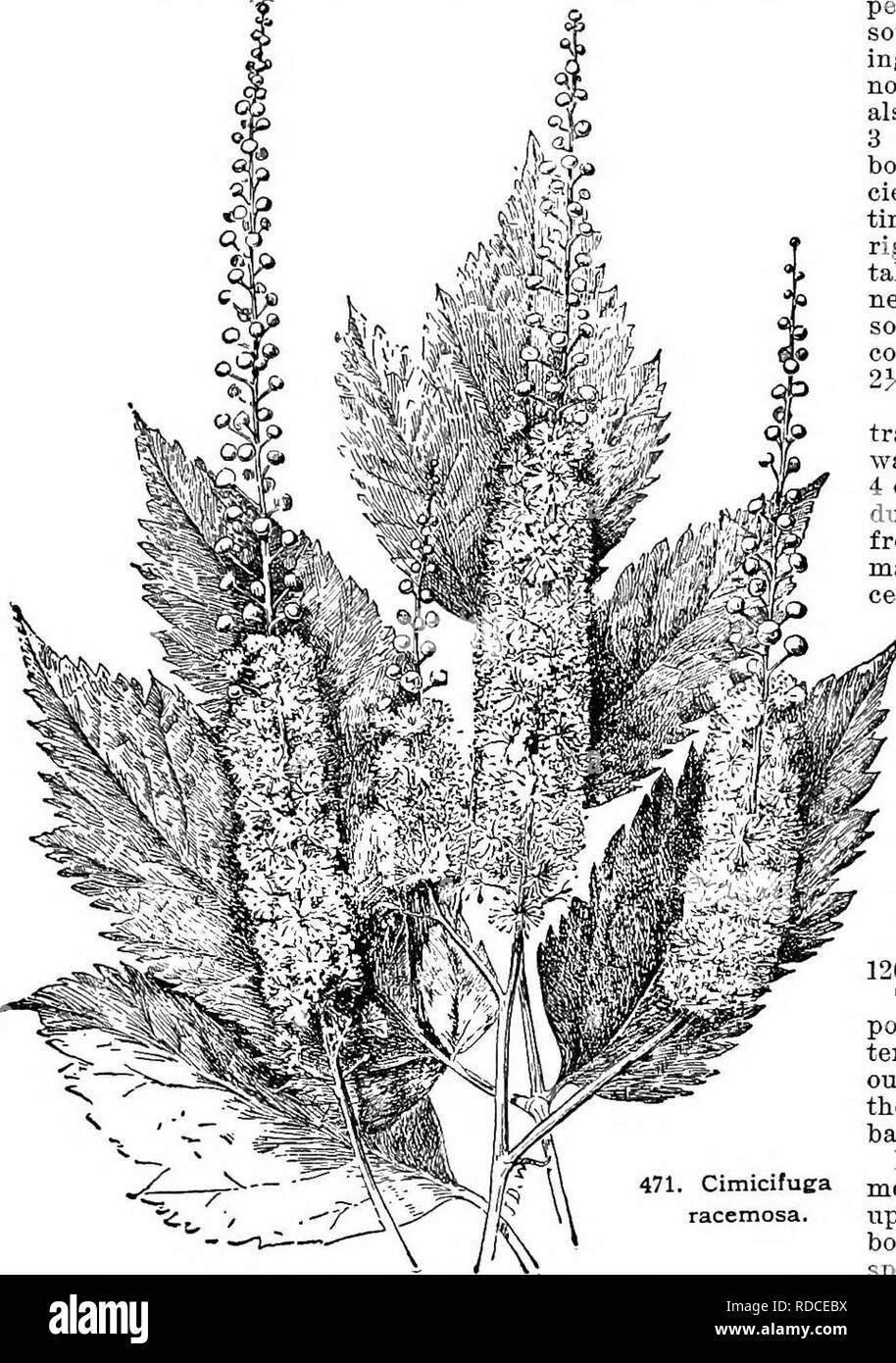. Cyclopedia of American horticulture, comprising suggestions for cultivation of horticultural plants, descriptions of the species of fruits, vegetables, flowers, and ornamental plants sold in the United States and Canada, together with geographical and biographical sketches. Gardening. CINCHONA CINCHONA 317 and its varieties Ledgeriana and verde ; " Carthagena bark," from G. land folia; "Columbian bark,"from C. cordifoHa and G. laneifolia; "Gray bark," from G. micrantha, G. nitida and C. Peruviana. Certain alkaloids, namely, quinine, quinidine, cincho- nine and c

Image details
Contributor:
The Book Worm / Alamy Stock PhotoImage ID:
RDCEBXFile size:
7.1 MB (595.9 KB Compressed download)Releases:
Model - no | Property - noDo I need a release?Dimensions:
1326 x 1884 px | 22.5 x 31.9 cm | 8.8 x 12.6 inches | 150dpiMore information:
This image is a public domain image, which means either that copyright has expired in the image or the copyright holder has waived their copyright. Alamy charges you a fee for access to the high resolution copy of the image.
This image could have imperfections as it’s either historical or reportage.
. Cyclopedia of American horticulture, comprising suggestions for cultivation of horticultural plants, descriptions of the species of fruits, vegetables, flowers, and ornamental plants sold in the United States and Canada, together with geographical and biographical sketches. Gardening. CINCHONA CINCHONA 317 and its varieties Ledgeriana and verde ; " Carthagena bark, " from G. land folia; "Columbian bark, "from C. cordifoHa and G. laneifolia; "Gray bark, " from G. micrantha, G. nitida and C. Peruviana. Certain alkaloids, namely, quinine, quinidine, cincho- nine and ciuchonidine, occur in these barks in varying quantities in different species. These alkaloids possess powerful antiperiodic, tonic and antiseptic properties. In the barks there are also quinovic and other acids, and other substances possessing astringent properties which render them useful in certain cases, where the alkaloids have failed to give relief. The bark was iutroduced into Europe in 1640, by the Countess of Chinchon, wife of the Viceroy of Peru ; hence it was called Countess' powder and Peruvian bark, and also Jesuits' bark, from the knowledge of it spread by that religious order. The word quinine is de- rived from the name by which it was known in Peru, quinaqtiina, or "bark of barks." Dr. Ainslie, at the end of the eighteenth century, and Dr. Forbes Royle, in his work on Himalayan botany in 1839, advocated the introduction of the trees into India. At length, in 1859, Clements Markham was entrusted by the government of India with the task of collecting plants and seeds on the Andes, and establishing them in India. In his book "Peruvian Bark : a popular ac- count of the introduction of Cinchona cultivation into British India, " Markham recounts the difficulties in S.. 471. Cimicifuea racemosa. Amer. and his final success. The object of the govern- ment was to put it within the power of the poorest na- tive to purchase a dose, and this aim has been a